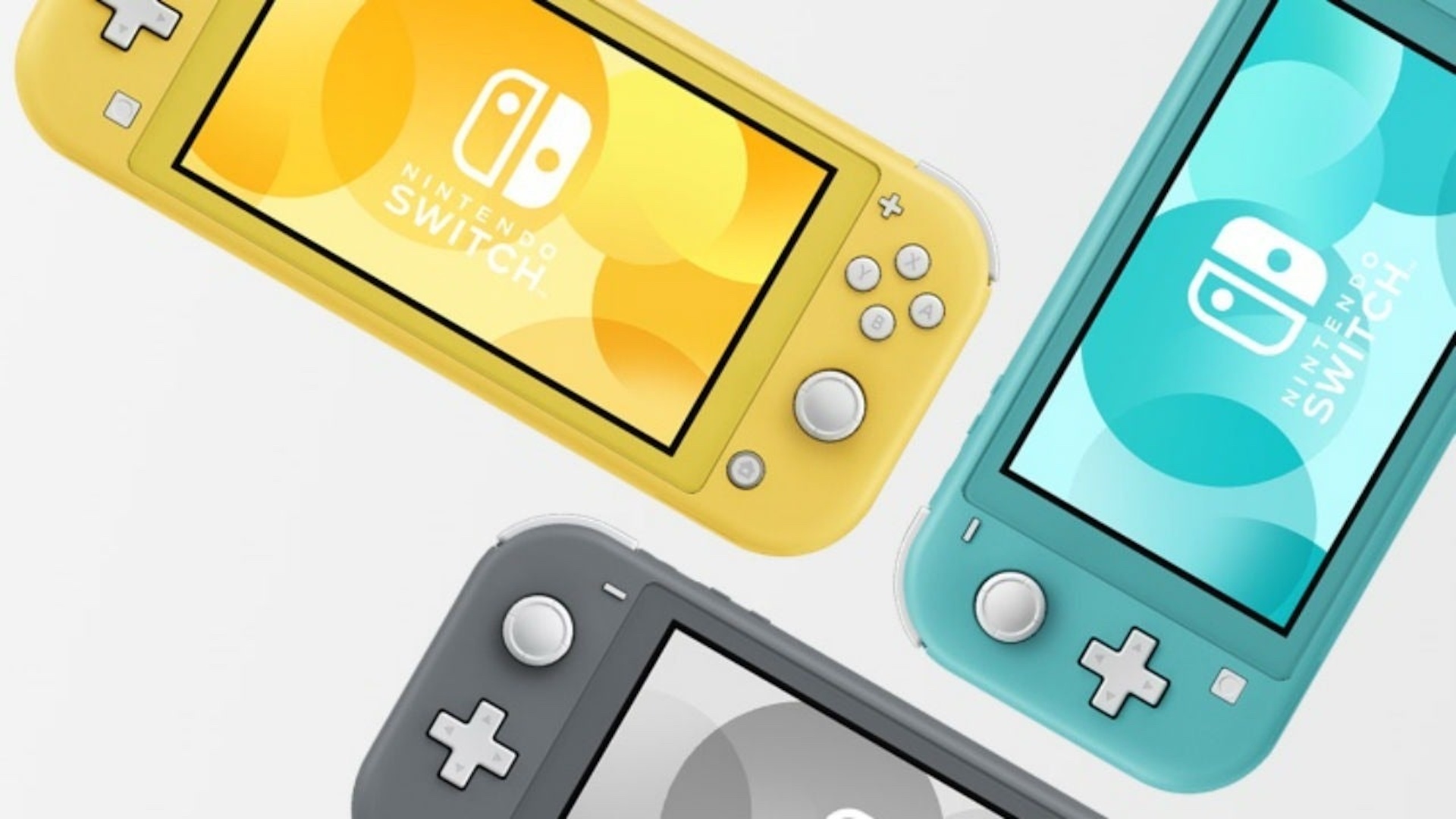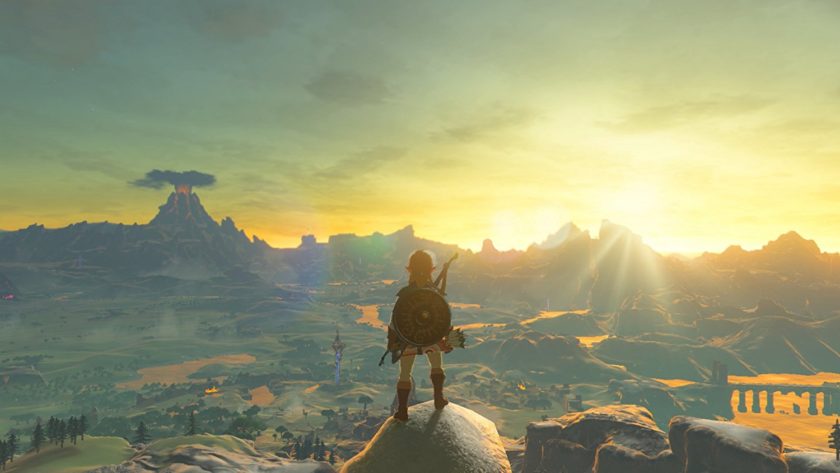
Nintendo’s latest financial results paint a very rosy picture for the Japanese giant. This is a company that managed to sell over 4 million units of the Nintendo Switch in the slowest months of the year. The Nintendo Switch, in less than three years, seems set to overtake the lifetime total sales of the SNES and the Xbox One—which is a remarkable, remarkable comeback for a company that was teetering on the brink of an existential threat with the double whammy that was the Wii U’s failure and the 3DS’ underperformance just two and a half years ago.
But today, here we are with the Nintendo Switch. It’s over 41 million units sold right now, and by the end of the year, it should be around 50 million units, judging by how Nintendo hardware usually sells in the Holiday quarter. This means that it will be halfway to the big 100 million mark before it’s even three years old.
That 100 million unit mark is significant. It’s a mark that is almost exclusively reserved for PlayStation consoles, with the original PlayStation, PS2, and PS4 all having breached that barrier. The only other console to do so was Nintendo’s Wii, which sold on the back of Wii Sports to a greatly expanded audience that no other console, including the Switch, has managed to reach since. If the Switch gets to the 100 million mark, it is indicative of Nintendo having cultivated a strong base which it can build on going forward, without the traditional swinging of the pendulum that accompanies a Nintendo console transition.
This isn’t the first time I have noted that the Switch might sell over 100 million units. When the Switch Lite was announced earlier in the year, I pointed out that it might propel the Switch to the highest selling console of the generation. While that’s currently unclear (it’s too early to call it), at the very least, early indications are that my first guess was right on the money—the Switch, as a hardware platform, has so much versatility that Nintendo can keep it going for a very long time. The Switch Lite sold just under 2 million units in just 10 days—this is a quicker pace than even the original Nintendo Switch back in March 2017, although admittedly, the Switch was severely supply constrained, which appears to not be an issue with the Switch Lite.
Still, the Switch Lite’s strong performance, which notably did not come at the expense of the standard Switch unit—both models seem to be supplementary and additive to one another—indicates the sheer mass market appeal of the Switch. Mostly probably on the back of its library, the Switch seems to be a system that people a) want, and b) want to buy games for (evidenced by the ridiculously high sales most Switch games are seeing). This means the Switch retains a very engaged and active user base, something that is important because not only does it contribute to more support from third parties (leading to further sales), but because it perpetuates the halo effect and word of mouth around the system (again, leading to more sales).
For a lot of people, maybe spending $299 on the Switch is too much, but that price barrier has now also been broken with the $199 Switch Lite. If this quarter’s results were any indication, then the Switch’s sales are going to reach truly dizzying heights in the coming months.
The counter point to this is what Nintendo could possibly do to retain interest in the Switch as a platform going forward, especially since they have fired all the big bullets — Mario, Pokemon, Smash, Kart, Zelda, Animal Crossing, Fire Emblem, Mario Maker, Splatoon — what now?
This is a question I raised last month, when I pondered what Nintendo might do to keep the Switch relevant once the next generation consoles from Microsoft and Sony are on the scene, and the answer is the same now as it was then. Potential new models (a Switch Pro, especially, and maybe even a cheap dedicated home console unit as a counterpart to Switch Lite), which leverage the Switch’s flexibility and versatility as hardware are a given. Sequels to their big hitters from this generation, such as Breath of the Wild and Super Mario Odyssey, will help generate and attract interest too.
Nintendo has also promised bringing more 3DS franchises over to the Switch, which brings up the interesting question of just what they could be referencing, because Animal Crossing, Luigi’s Mansion, 2D Zelda, Fire Emblem, Brain Age, Picross, and Pokemon are all already on or announced for the Switch. I assume they are referencing more casual fare, such as Tamodachi Life.
Plus, of course, there are further price drops, and some of Nintendo’s lower selling franchises like Metroid or Bayonetta, that could see a boost on the Switch (given that everything seems to get a boost on the Switch), that could potentially see franchise high performances. And, of course, Nintendo could invest in new IP too.
What Nintendo does or does not do, however, is all a matter of speculation. What we do have on hand, as concrete evidence, is how Nintendo is performing right now. And on that front, the Switch, and Nintendo, are probably in a stronger place than they have been since the heights of the Wii and DS era — probably stronger, because the Switch is a success that they can sustain and build off of, rather than the comparatively more fad-driven explosive growth the Wii saw. I don’t know what the future holds, and while I can speculate on how Nintendo might keep things going, this company has historically messed even sure successes up, so who knows. But for now, in the immediate present, I feel confident in pronouncing that the Switch is going to end up at over 100 million units sold—and these latest financial results just emphasize that.
Note: The views expressed in this article are those of the author and do not necessarily represent the views of, and should not be attributed to, GamingBolt as an organization.
















